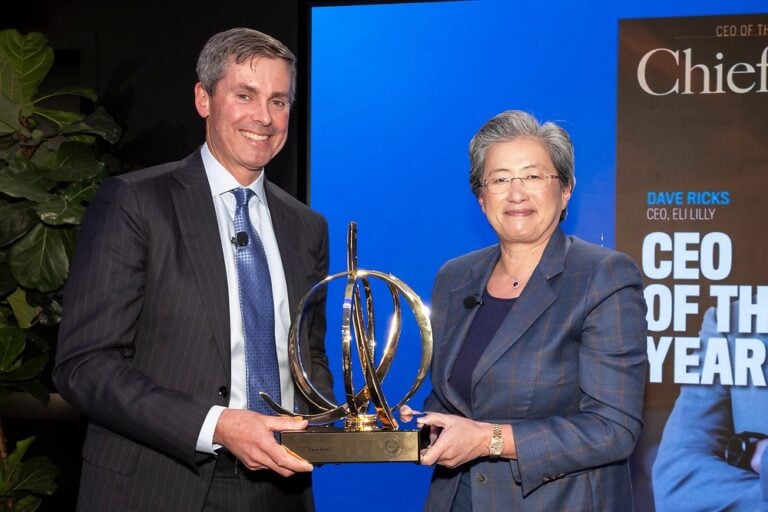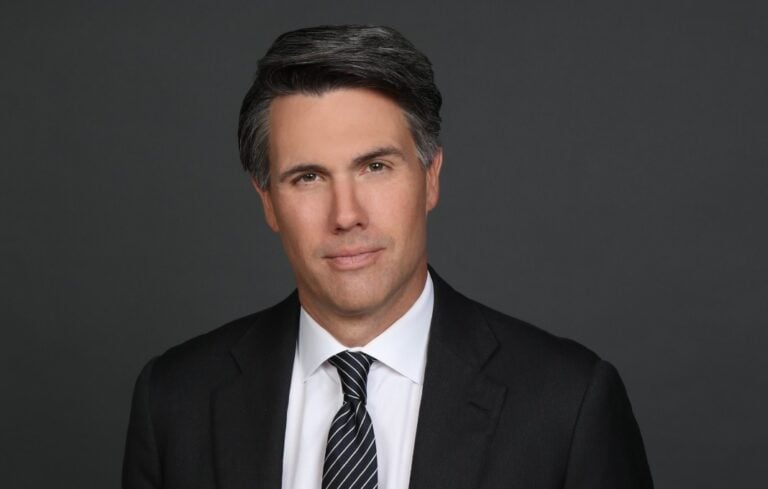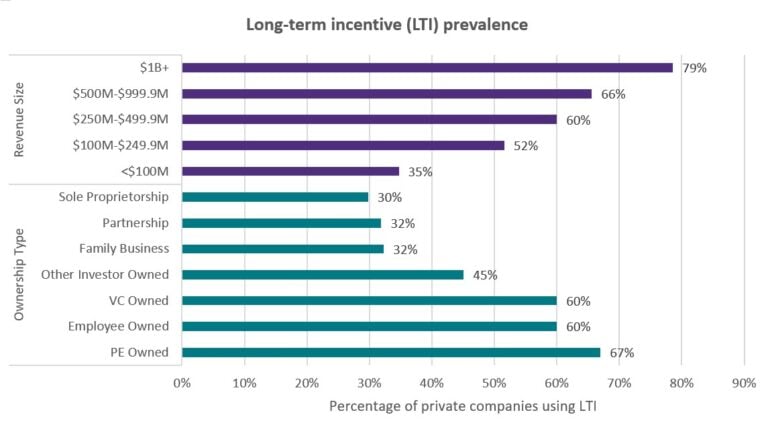
New Year’s resolutions often focus on areas of self- improvement. Whether weight loss, generosity or religious commitment, one’s New Year’s goals look to improve how we are living our daily lives. How do these new-found objectives translate to the business world? What actions should a business owner or manager focus on in the coming year? How about fixing an expense that is rising by double digits and is doubling every four to five years?
Yes, most business leaders would be well served to look into how they are managing their employee benefit expense. With the average cost of insuring a family rising to $25,000, the days of ignoring health benefits and deferring its watch to HR are over. Fortunately, when business leaders take a look at their health benefit spend, they will notice a few opportunities for improvement that present themselves like low hanging fruit.
With any major purchase by a well-run business, a process is followed that includes, at a minimum, finding out the cost, the suitability or adaptability of the product to the business and an estimate of ongoing expenses related to the product. A New Year’s resolution should follow a similar purchasing strategy. Unfortunately, most middle-market businesses are not following these basic purchasing rules when it comes to funding their employees’ health benefit expense.
For example, traditional health insurance proposals do not include adequate information on what’s behind the premium cost, offer little to no control over the product’s application to the particular business and provide no estimate of where costs are going. A resolution or commitment to change this is required for businesses looking to curtail the ever-increasing cost of their health insurance. Self-funding with a medical captive insurance product offers this opportunity. A medical captive is a pool of small to midsized employers who are sharing the risk of their medical insurance by hosting their own self-insured group, thus improving transparency, control and cost savings.
“The CEO should make it clear in his or her communications with the workforce that their health matters to the company and its funding is a top priority.”
An old adage states that unsuccessful businesses make decisions based on their current predicament. Successful businesses, however, make decisions based on where they want to be long-term. Recognizing this, a resolution to approach the funding of employee health benefits with a long-term perspective is recommended. Too often, businesses look at their health insurance choice once a year. The decision is presented as a twelve-month fixed cost.
There is a complete lack of any long-term strategic approach to what is a top-three expense for the business. Should a CEO look to control the rising cost of its employee health benefits, they must view these costs over several years with ongoing consideration for appropriate action undertaken to control the rising expense. Without a long-term approach, the business is held hostage to an annual auction where one double-digit premium increase is presented with four others. The self-funded medical captive introduces an alternative and delivers a long-term health insurance solution to the middle market business.
Any CEO looking to improve the outcomes of its employee health benefit program should take the following steps.
1. Make sure the funding strategy chosen includes ultimate costs based on what is actually spent by the company. A variable cost spend will allow a return on the company’s investment in cost-saving strategies.
2. Have a deep dive into the benefit plan document taken by a qualified attorney with ERISA experience and a healthcare clinician, to assure the most efficient coverage for medical expenses. While plan documents can exceed 100 pages in length and contain mind-numbing prose, any CEO will be greatly rewarded for engaging professionals to assure the claim coverage is done with the company’s interest at the forefront.
3. The CEO should make it clear in his or her communications with the workforce that their health matters to the company and its funding is a top priority. Encouraging activities from nutrition to exercise should be explained by the CEO to the board as clear evidence that the employees’ well-being is good for business. A culture of health and wellness is really an essential and efficient economic choice.
Any of the above New Year’s resolutions coupled with an employer choosing a self-funded medical captive strategy for its employee benefit program will go a long way toward improving the company’s healthcare benefit spend. Hopefully more employers will make these resolutions a reality in 2018!
Read more:
Healthcare: Balancing Quality With Cost




0

1:00 - 5:00 pm
Over 70% of Executives Surveyed Agree: Many Strategic Planning Efforts Lack Systematic Approach Tips for Enhancing Your Strategic Planning Process
Executives expressed frustration with their current strategic planning process. Issues include:
Steve Rutan and Denise Harrison have put together an afternoon workshop that will provide the tools you need to address these concerns. They have worked with hundreds of executives to develop a systematic approach that will enable your team to make better decisions during strategic planning. Steve and Denise will walk you through exercises for prioritizing your lists and steps that will reset and reinvigorate your process. This will be a hands-on workshop that will enable you to think about your business as you use the tools that are being presented. If you are ready for a Strategic Planning tune-up, select this workshop in your registration form. The additional fee of $695 will be added to your total.

2:00 - 5:00 pm
Female leaders face the same issues all leaders do, but they often face additional challenges too. In this peer session, we will facilitate a discussion of best practices and how to overcome common barriers to help women leaders be more effective within and outside their organizations.
Limited space available.

10:30 - 5:00 pm
General’s Retreat at Hermitage Golf Course
Sponsored by UBS
General’s Retreat, built in 1986 with architect Gary Roger Baird, has been voted the “Best Golf Course in Nashville” and is a “must play” when visiting the Nashville, Tennessee area. With the beautiful setting along the Cumberland River, golfers of all capabilities will thoroughly enjoy the golf, scenery and hospitality.
The golf outing fee includes transportation to and from the hotel, greens/cart fees, use of practice facilities, and boxed lunch. The bus will leave the hotel at 10:30 am for a noon shotgun start and return to the hotel after the cocktail reception following the completion of the round.